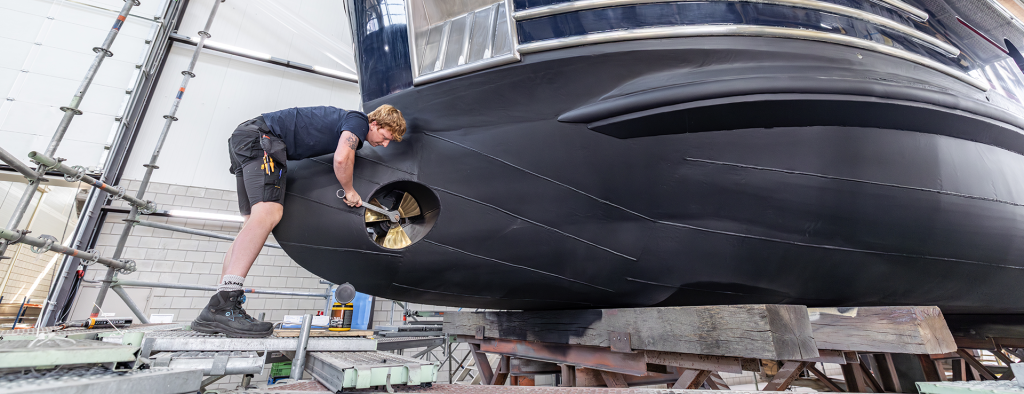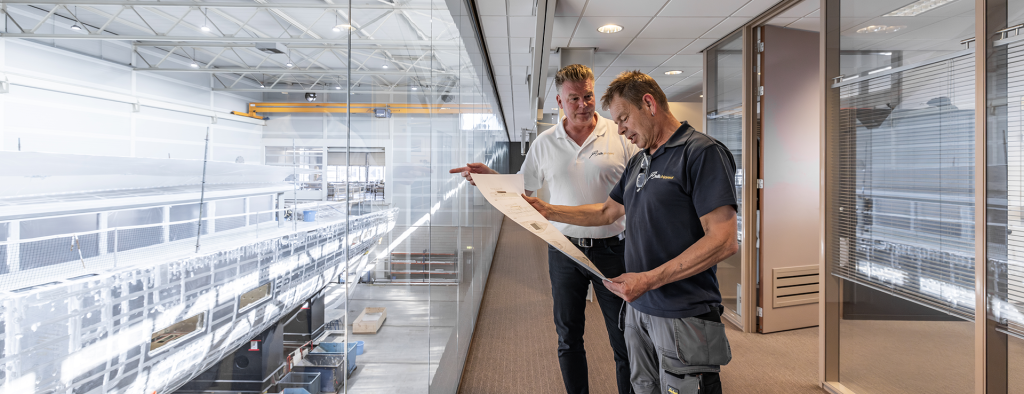Preparing for a superyacht survey: essential tips for captains and crew
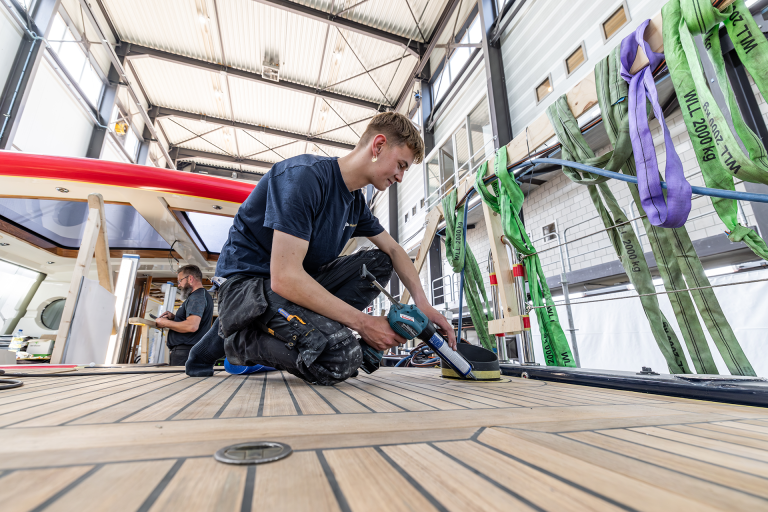
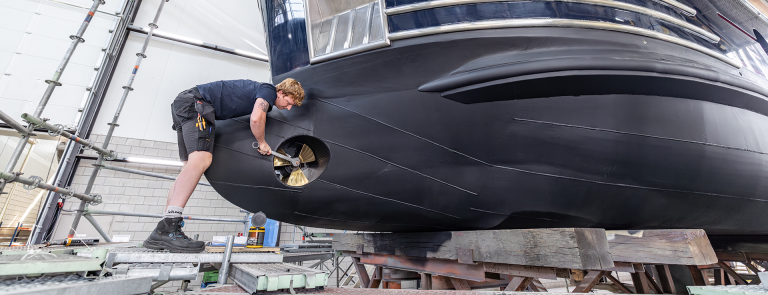
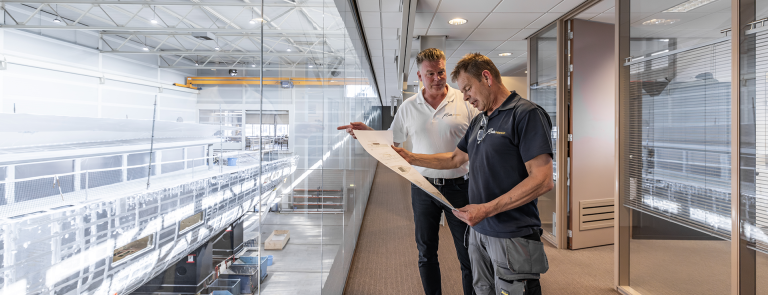
Just like a car needs regular check-ups to remain roadworthy, every superyacht requires a thorough class survey to ensure safety, seaworthiness, and compliance. These surveys, typically conducted every five years, are comprehensive inspections that cover everything from hull structure to machinery, safety systems, and sea trials.
According to Lloyd’s Register and industry data, over 80% of superyachts above 30 meters undergo substantial yard time as part of their 5-year survey cycle. The scope of work can vary widely, but one constant remains: good preparation makes all the difference. Here are five tips for captains and crew to prepare for a superyacht survey.
Tip 1 | Keep accurate records
One of the most important steps in survey readiness is maintaining clear, complete, and well-organized documentation. Surveyors will require access to service logs, equipment manuals, class certificates, inspection reports, and maintenance logs. Presenting this information in an orderly way not only saves time during the inspection, it also reflects positively on the professionalism of the captain and crew.
Tip 2 | Communicate with crew and management
A successful survey is a team effort. Prior to inspection, make sure that everyone on board understands their role. Engineers, deck crew, officers: each department has responsibilities in ensuring their areas are accessible, safe, and up to standard. Open communication with management companies and owner’s representatives is equally critical. This helps align expectations, coordinate logistics, and flag potential problem areas before they escalate.
Tip 3 | Anticipate survey-driven works
Surveys often uncover areas that require repair, modification, or even urgent intervention. Some can be deferred, but many will require timely shipyard follow-up. Captains are advised to reserve shipyard slots in advance, even if the full scope of the work is not yet clear. Why? Because survey-triggered works often take between 4 and 12 weeks, depending on the complexity of the issues involved. Without proper planning, this can easily conflict with the yacht’s cruising or charter calendar.
Tip 4 | Plan around your operational calendar
Timing is everything. A survey may last a few days, but the work that follows can stretch into weeks or even months. Structural modifications, propulsion upgrades, or machinery overhauls are rarely completed overnight. That’s why it’s crucial to plan surveys during off-season periods. By securing a yard slot early, captains can avoid costly delays, protect charter income, and preserve owner satisfaction.
Tip 5 | Partner with a yard that understands the process
Surveys are more than a compliance requirement: they’re an opportunity to safeguard the yacht’s long-term value. But because they often evolve into wider refit projects, having the right shipyard partner makes a major difference.
Balk Shipyard, with over almost 30 successful survey-driven refits completed in the past 15 years, is recognized as one of the most trusted yards in Europe for this type of work. Known as the “Singer of superyachts”, Balk combines meticulous craftsmanship with deep technical expertise, helping captains prepare, react, and deliver on even the most complex survey outcomes.
Stay ahead of the curve
Early preparation. Clear documentation. Open communication. Scheduled yard time. These are the pillars of a smooth and successful survey cycle. By taking a proactive approach, captains ensure that their vessels remain not just compliant, but also reliable, valuable, and ready for uninterrupted seasons ahead.

